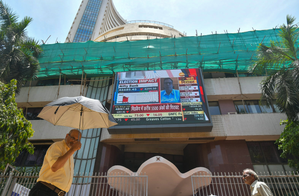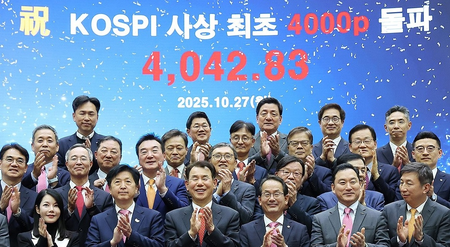
New Delhi, April 15 (IANS) The softening of CPI inflation will boast India’s private final consumption expenditure, the largest component of the GDP, industry leaders said on Tuesday.
It will further give comfort to the RBI to reduce interest rates in the next bi-monthly MPC meeting, which will reduce industries debt burden, said Hemant Jain, President, PHDCCI.
The CPI inflation is trending downward with year-on-year change of 3.34 per cent in March 2025 compared to March 2024.
While consumer headline inflation fell to a five-and-a-half-year low in March 2025 due to a seasonal drop in vegetable prices, core inflation still remains high, exceeding 4 per cent.
“It is crucial for commercial banks to pass on the benefits of rate cuts to consumers to support domestic consumption and growth. This is also vital for boosting housing demand in the affordable segment,” said Vivek Rathi, National Director Research, Knight Frank India.
Looking ahead, the revival of the Indian rupee and multi-year low crude oil prices offer some relief from external price pressures. However, any disruptions in global supply chains caused by reciprocal trade tariffs pose upward risks to inflation, he noted.
According to Jain, CPI inflation is expected to remain well within the RBI’s target band due to predicted normal monsoon, and decreasing international crude oil prices.
“The crude prices are expected to be range bound between US$60 to US$65 per barrel in the short to medium term further boosting private final consumption expenditure and hence bolstering economic growth,” said Jain.
According to Mahendra Patil, Founder and Managing Partner, MP Financial Advisory, rural inflation saw a notable deceleration to 3.25 per cent, while urban inflation remained relatively stable at 3.43 per cent, albeit with a sharp fall in urban food inflation to 2.48 per cent.
“Sector-wise, inflation in housing, education, and health registered mild increases, while fuel and light inflation turned positive at 1.48 per cent after months of contraction. The moderation in both headline and core inflation strengthens the case for a potential policy rate cut by the Reserve Bank of India in the coming days,” said Patil.
With inflation now well within the central bank’s 4 per cent target and core price pressures subdued, the current data underscores a favourable macroeconomic environment for monetary easing – provided food inflation remains contained and global risks stay muted.
–IANS
na/




